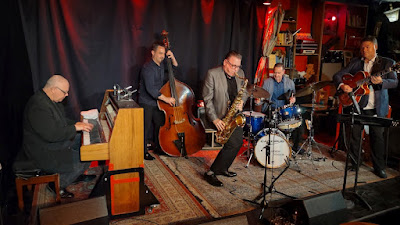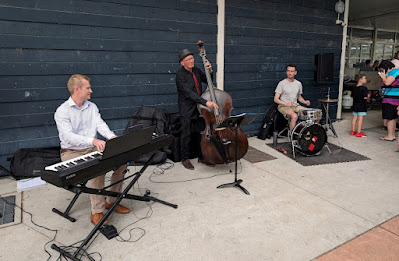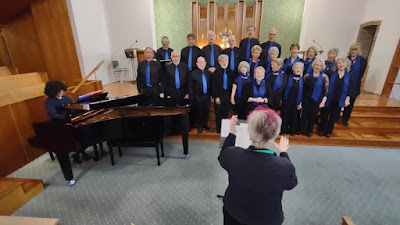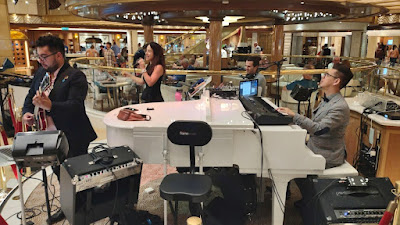I fully expected to find Jordan Wolfson Body Sculpture hard to take, even easy to ridicule, given my love of more traditional art, Renaissance and the like. But I didn't. In fact, I was quite taken by the deliberate, human-like movement and the sensuality and the violence and even the communication I could see in this animatronic sculpture. Everyone is thinking AI, of course, and I only half-heartedly joked that I was happy to see a strong chain on the cube with its arms, but there was some fear of the strength and inhuman regard of the machine. We were limited to our space, but I muse on what to do if it left its stage. But really this wasn't AI: presumably it was fully programmed for its movements. We were warned of mature themes and volume levels. Certainly the 30-minute performance started with with hands on chest and clumping cube meaning intimacy and even sexuality, but soon moved on to chest drumming fingers and palms on cube, an invitation then a threat and an autocratic control of the support robot that waged war with or on the chain, then a release, guilt, surrender, robot fingers forming a pistol shape aiming at cube then at the audience, another attempt at companionship and an ultimate submission. Through all this most stood, quietly, perhaps taking a mobile pic, in the end idling out quietly. We chatted with a few staff about current frightful AI and the apparent humanity of this performance and only half-heartedly joking about that chain as protection. There was fear in this but also humanity and even the stories that we tell constantly in film with real people. In the meantime, it was quite fascinating and very much early days for such things. And just in ending, amusingly, I was wondering where do you store such a large but delicate work and how often are updates required?
Jordan Wolfson's animatronic Body Sculpture was on display at the National Gallery of Australia.



















































